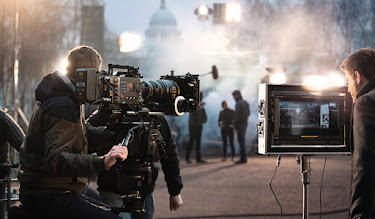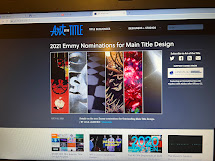The final genre I am researching is action.
- Films in the action genre often include handheld camera movements, which puts the viewer in the center of the action and enhances the intensity. Other examples that do this include low angles that make a character appear large and powerful, tracking shots, and zoom in/zoom out.
- Costumes in action movies are usually powerful and equipped with tough armor. The lighting is usually fairly bright, so that the viewer can clearly see the action. Acting is often intense and full of energy and power. Makeup is commonly either plain or highly detailed, depending on what type of character you're dealing with. Props include weapons such as guns, hammers, and swords, as well as other fictional objects made specifically for the movie. The setting can either be a real place like a building or alley, or a fictitious one like a castle or other world.
- Sound in these movies commonly involves intense scores to create excitement. They may also include voiceovers to give the viewer context to what is going on, as well as diegetic sounds like punching, yelling, or explosions.
- Action films commonly use editing techniques such as continuity shots and cross-cutting, which both immerse the viewer into the action. They also include eyeline matches, action matches, and jump cuts to enhance the intensity and help the action flow.
- Some examples of films in the action genre are: Marvel's The Avengers, Top Gun, Zero Dark Thirty, Independence Day, and Armageddon.
- I like elements of this genre such as low angle shots and powerful costumes, because they make the action sequences much more intense and captivating.
- I do not like elements of the action genre such as wide shots or bird's eye view, since they put the viewer at a distance instead of immersing them in the action.




Comments
Post a Comment